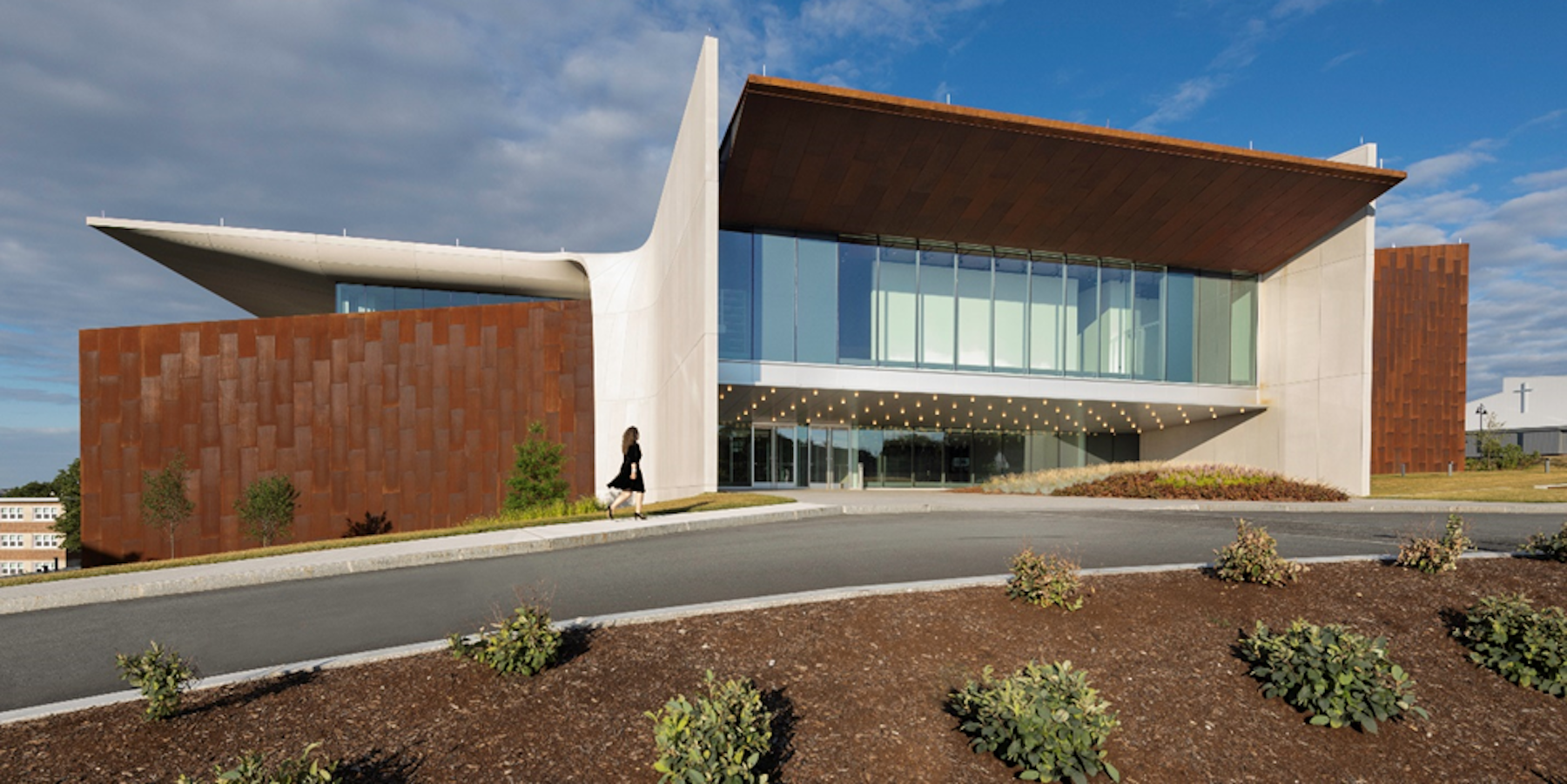In Worcester, Mass., a one-hour drive from Boston, the College of the Holy Cross has completed its $110 million Prior Performing Arts Center. Designed by Diller Scofidio + Renfro (DS+R), the 84,000-square-foot facility serves as an incubator for multidisciplinary learning and creativity, with venues for both fine arts and performing arts. The PAC will support creative collaboration among faculty and students across all academic disciplines.
Among the PAC’s key features, the Beehive is a flexible space that includes a shared multimedia teaching area for electronic music and musical composition courses, sound recording, sound editing, and video and film editing. The Beehive also provides collaborative workspaces, multipurpose rehearsal spaces, a cafe, and gathering spaces with movable furniture.
The Luth Concert Hall, a 400-seat convertible concert hall and proscenium theater, serves as the College’s principal venue for symphonic music, chamber music, jazz, gamelan, and opera, as well as musical theater and dance. The Boroughs Theatre is a 200-seat, fully flexible experimental theater space. And the Cantor Art Gallery offers a variety of interdisciplinary exhibits and increased exhibition and storage space.
Support spaces include a scene shop, costume design studio, recording studio, lighting and set design study, and multi-use spaces to encourage collaboration among the arts and between the arts and other disciplines. Outdoor amenities include a small amphitheater, an outdoor teaching area and workspace, a meditative garden, and a sculpture garden.
Major inaugural performances at the PAC will take place in December, including the world premiere of a new violin concerto composed by a College of the Holy Cross professor.
On the Building Team:
Owner: College of the Holy Cross
Executive architect: Perry Dean Rogers
Landscape architect: OLIN
Civil engineer: Nitsch Engineering
MEP engineer: Altieri Sebor Wieber
Structural engineer: Robert Silman Associates
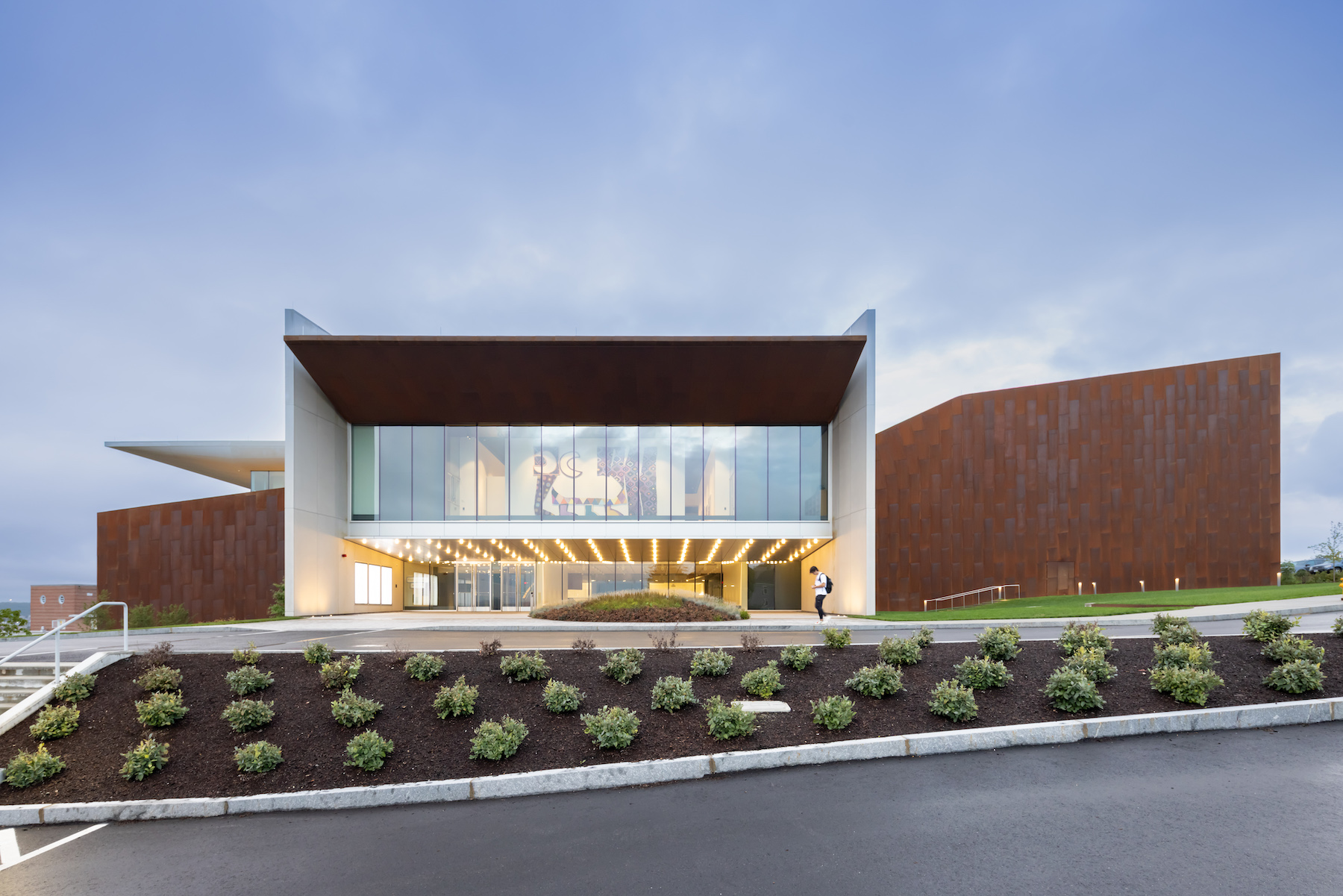
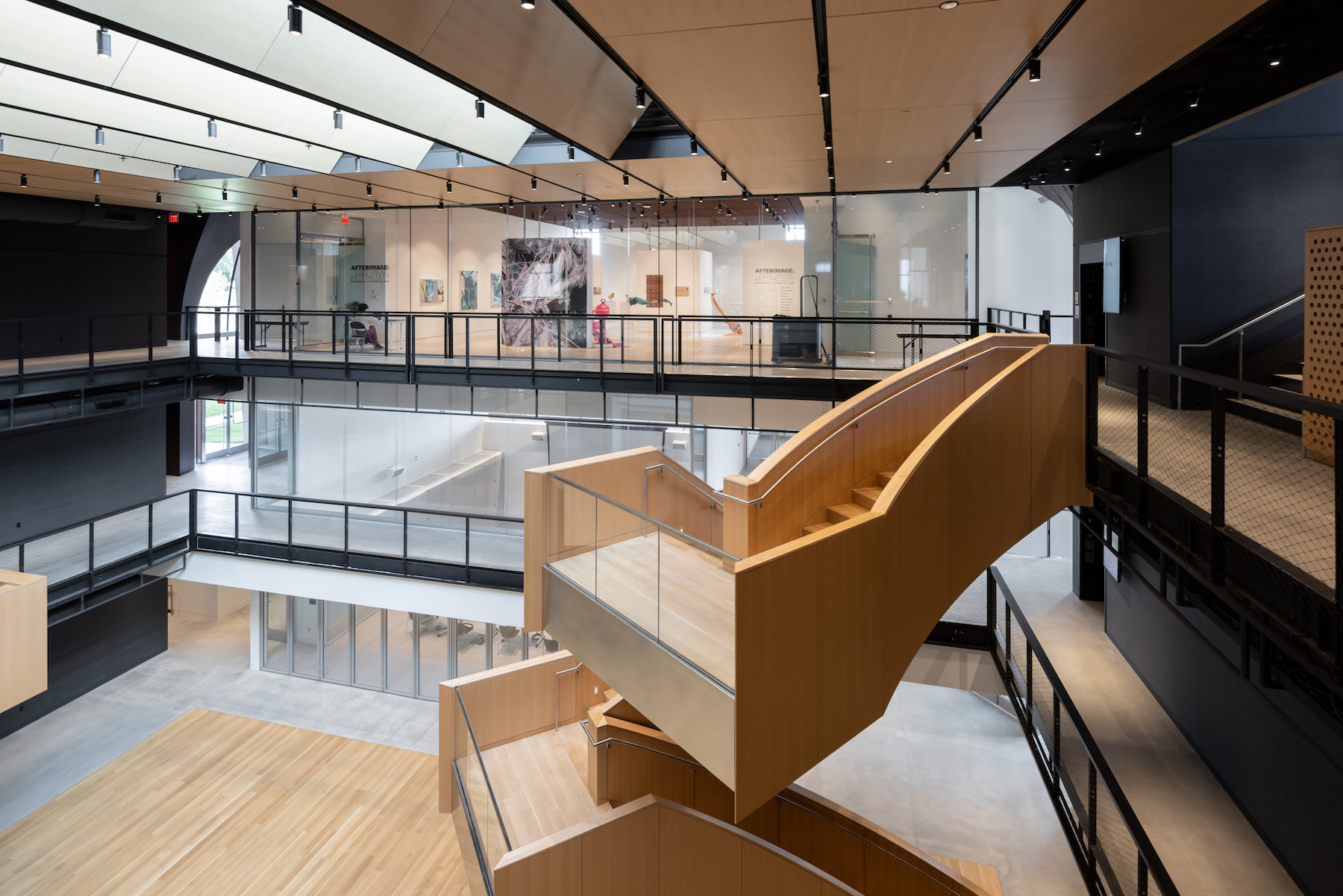
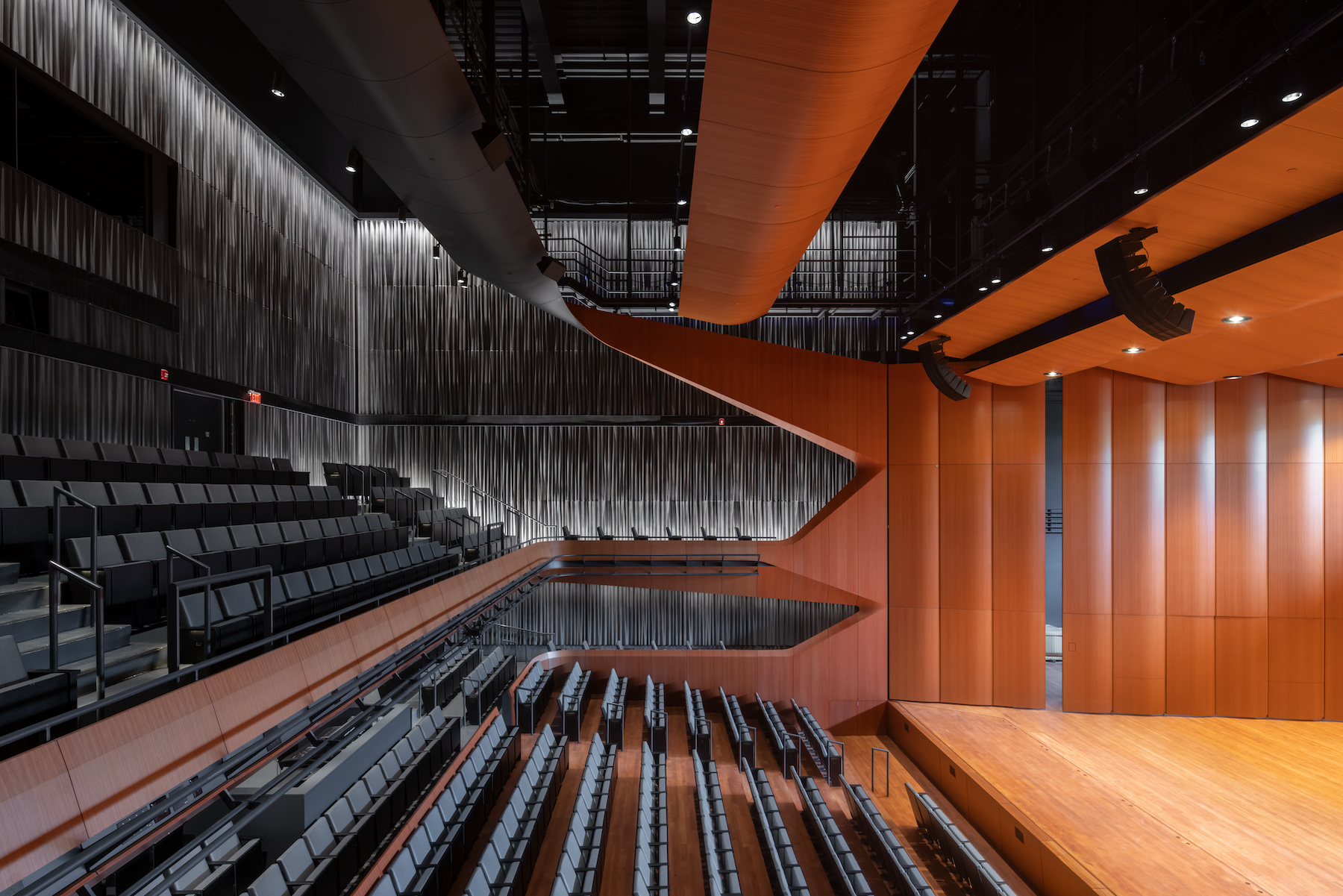
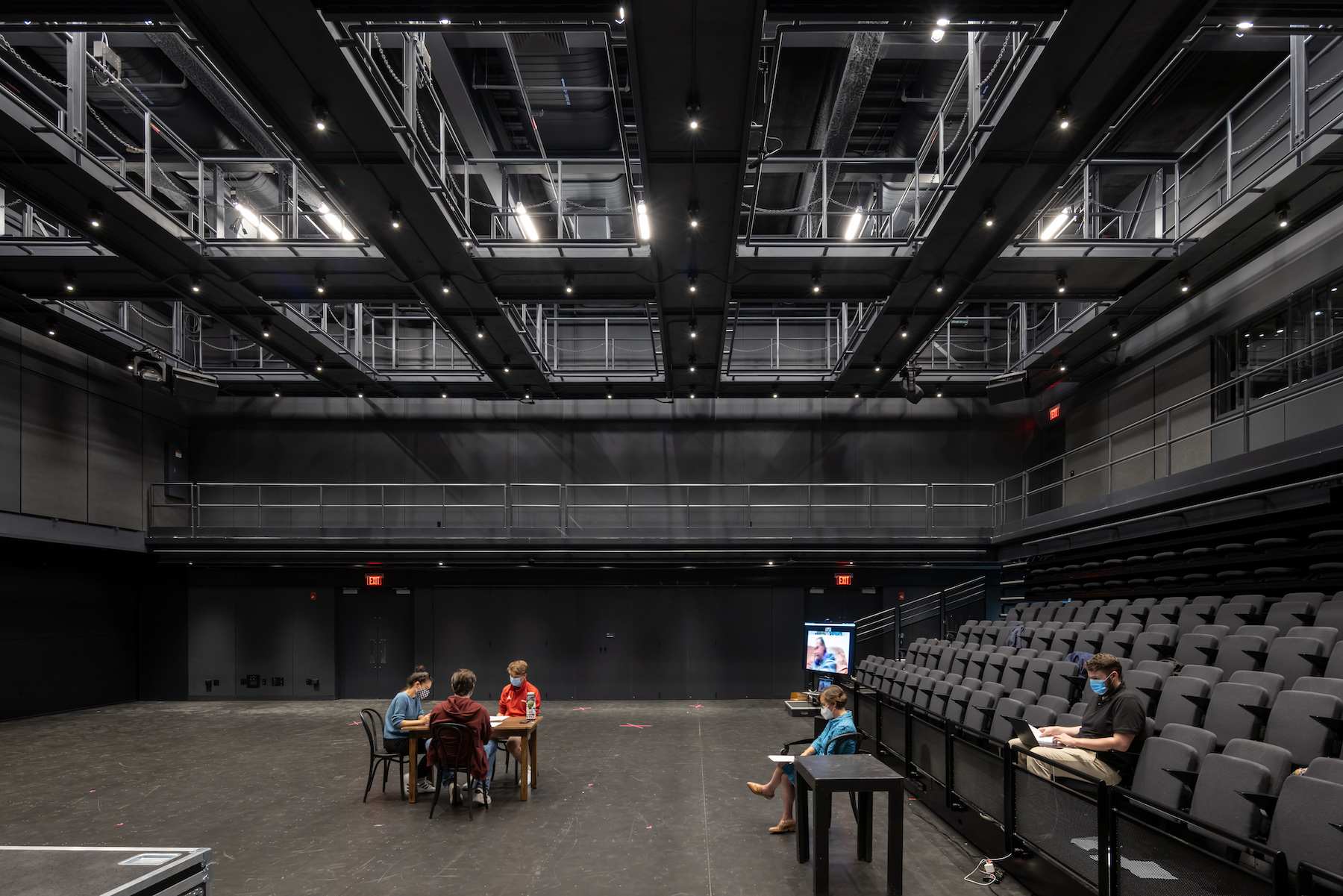
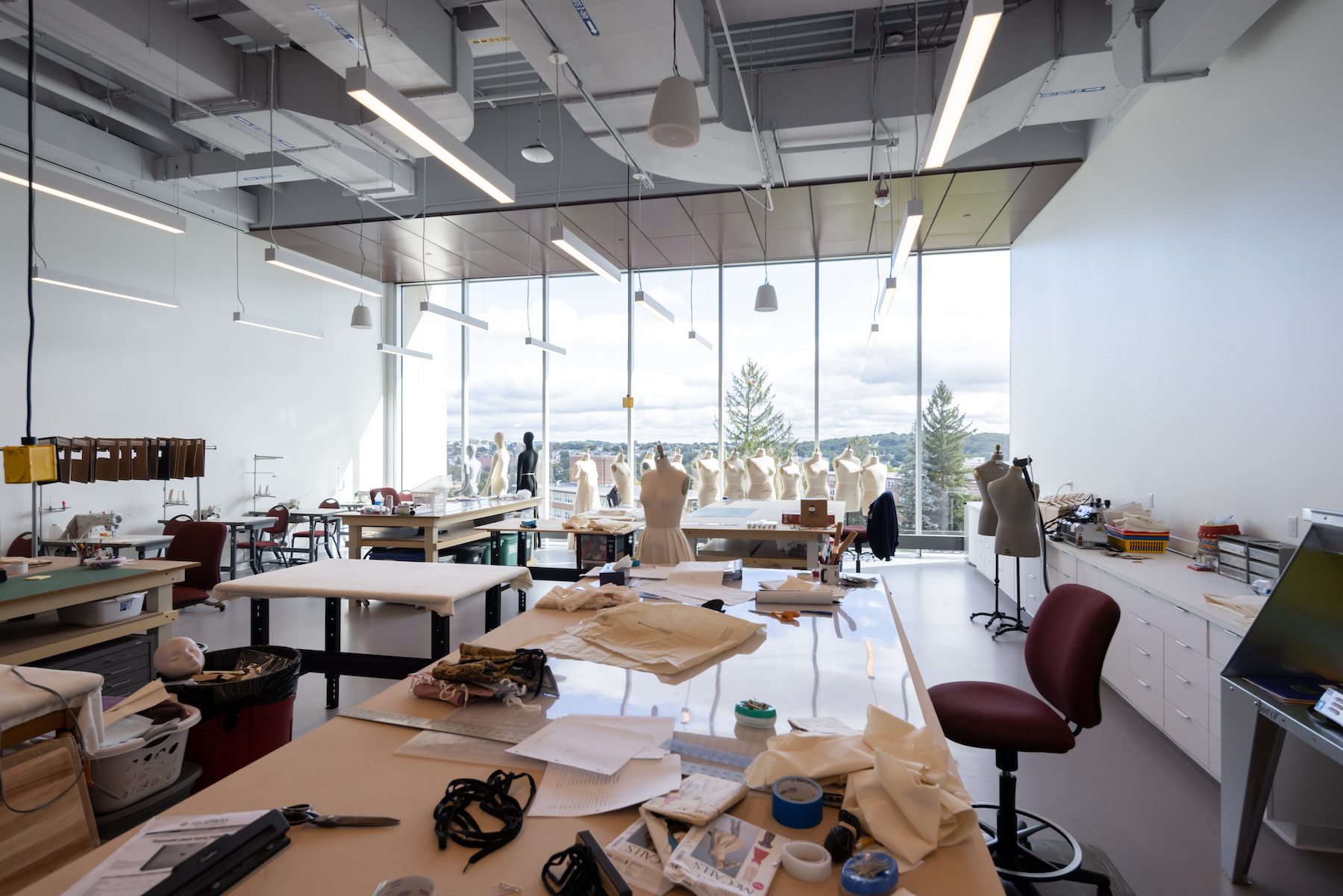
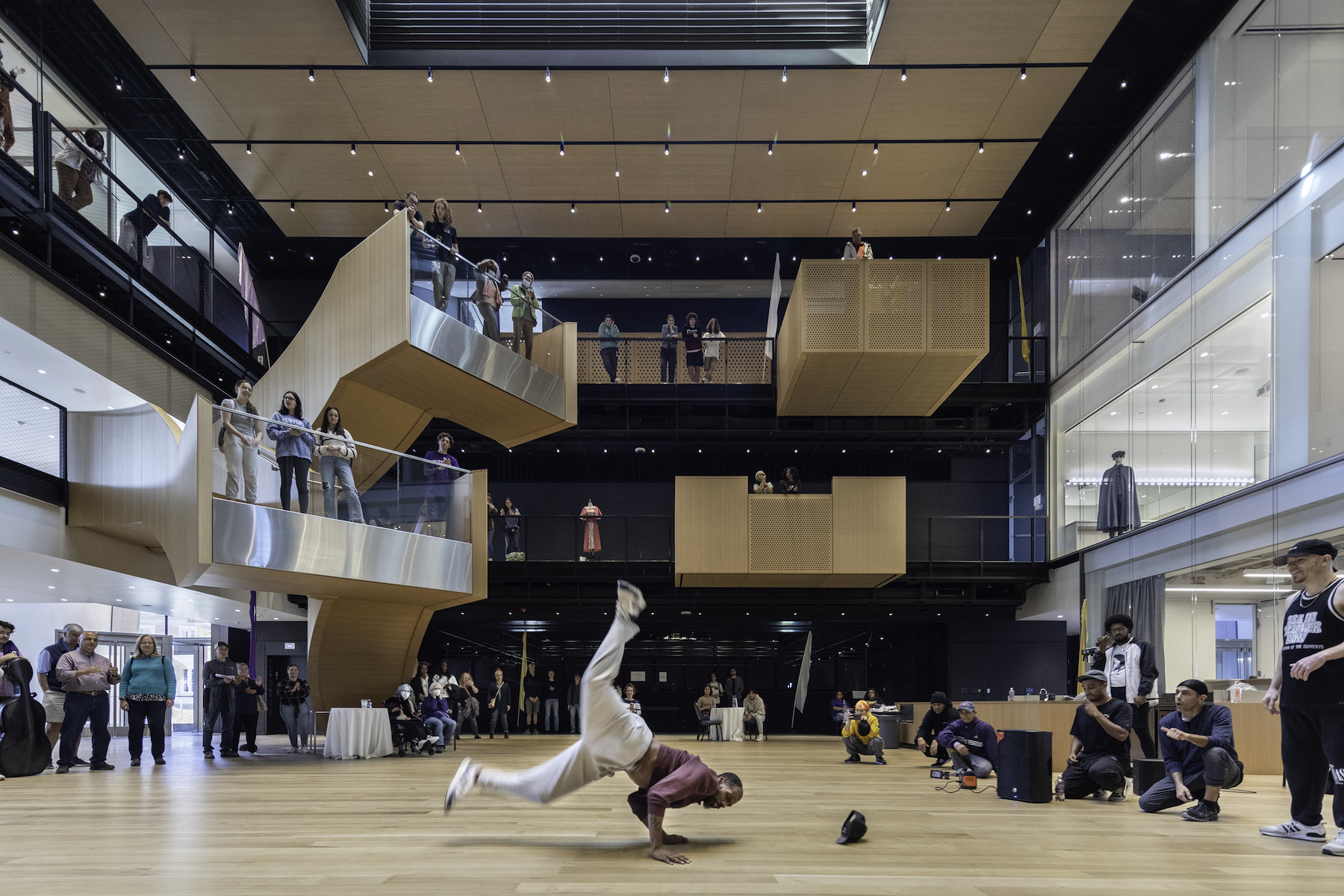

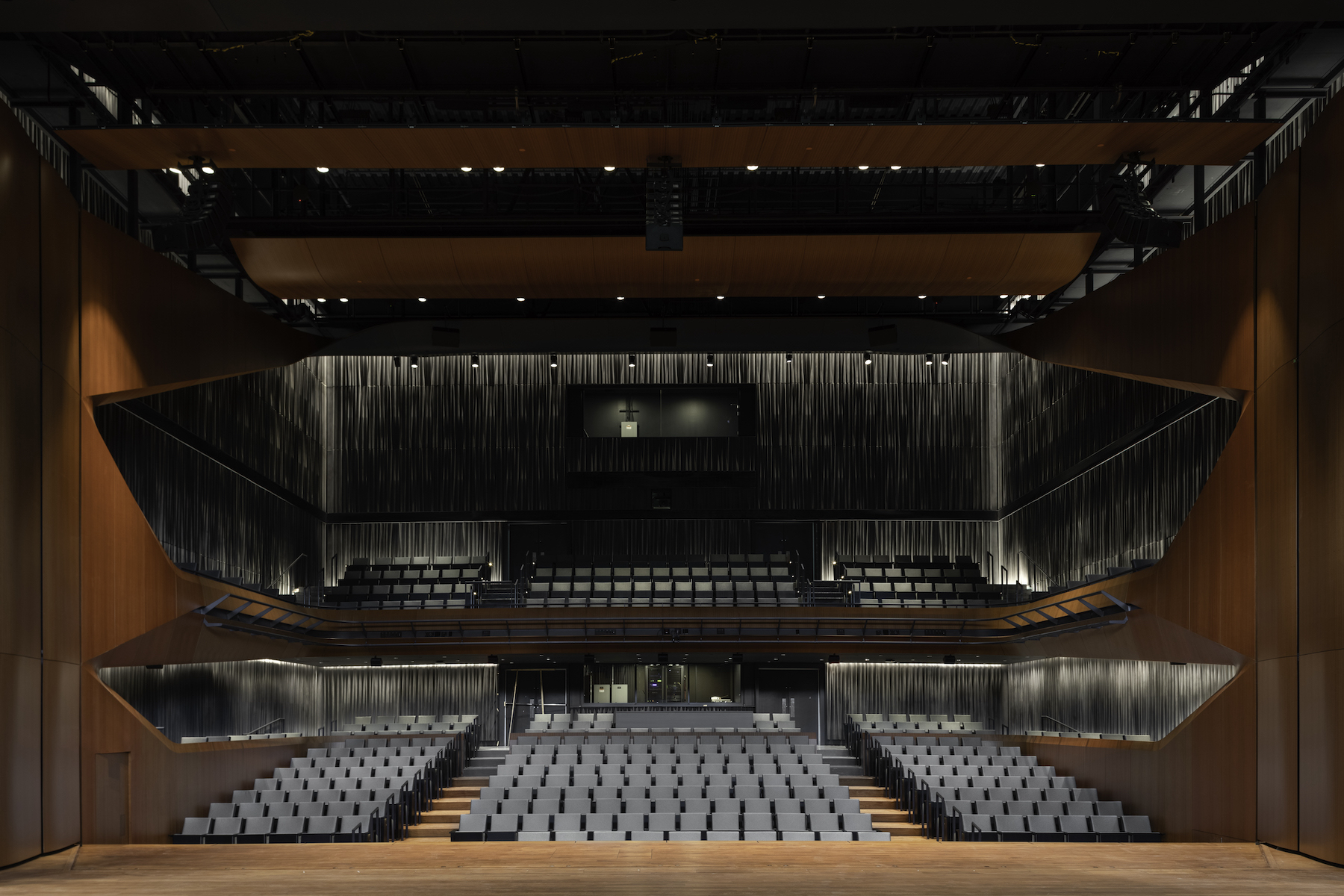
Related Stories
| Aug 11, 2010
Curtain rises on Broadway's first green theater
The Durst Organization and Bank of America have opened New York's first LEED-certified theater, the 1,055-seat Henry Miller's Theatre. Located inside the new 55-story Bank of America Tower at One Bryant Park, the 50,000-sf theater is located behind the preserved and restored neo-Georgian façade of the original 1918 theater.
| Aug 11, 2010
Restoration gives new life to New Formalism icon
The $30 million upgrade, restoration, and expansion of the Mark Taper Forum in Los Angeles was completed by the team of Rios Clementi Hale Studios (architect), Harley Ellis Devereaux (executive architect/MEP), KPFF (structural engineer), and Taisei Construction (GC). Work on the Welton Becket-designed 1967 complex included an overhaul of the auditorium, lighting, and acoustics.
| Aug 11, 2010
Gold Award: Eisenhower Theater, Washington, D.C.
The Eisenhower Theater in the John F. Kennedy Center for the Performing Arts in Washington, D.C., opened in 1971. By the turn of the century, after three-plus decades of heavy use, the 1,142-seat box-within-a-box playhouse on the Potomac was starting to show its age. Poor lighting and tired, worn finishes created a gloomy atmosphere.
| Aug 11, 2010
Giants 300 University Report
University construction spending is 13% higher than a year ago—mostly for residence halls and infrastructure on public campuses—and is expected to slip less than 5% over the next two years. However, the value of starts dropped about 10% in recent months and will not return to the 2007–08 peak for about two years.
| Aug 11, 2010
Bowing to Tradition
As the home to Harvard's Hasty Pudding Theatricals—the oldest theatrical company in the nation—12 Holyoke Street had its share of opening nights. In April 2002, however, the Faculty of Arts and Sciences decided the 1888 Georgian Revival building no longer met the needs of the company and hired Boston-based architect Leers Weinzapfel Associates to design a more contemporary facility.
| Aug 11, 2010
Team Tames Impossible Site
Rensselaer Polytechnic Institute, the nation's oldest technology university, has long prided itself on its state-of-the-art design and engineering curriculum. Several years ago, to call attention to its equally estimable media and performing arts programs, RPI commissioned British architect Sir Nicholas Grimshaw to design the Curtis R.
| Aug 11, 2010
Silver Award: Hanna Theatre, Cleveland, Ohio
Between February 1921 and November 1922 five theaters opened along a short stretch of Euclid Avenue in downtown Cleveland, all of them presenting silent movies, legitimate theater, and vaudeville. During the Great Depression, several of the theaters in the unofficial “Playhouse Square” converted to movie theaters, but they all fell into a death spiral after World War II.
| Aug 11, 2010
Biograph Theater
Located in Chicago's Lincoln Park neighborhood, Victory Gardens Theater Company has welcomed up-and-coming playwrights for 33 years. In 2004, the company expanded its campus with the purchase of the Biograph Theater for its new main stage. Built in 1914, the theater was one of the city's oldest remaining neighborhood movie houses, and it was part of Chicago's gangster lore: in 1934, John Dillin...
| Aug 11, 2010
Platinum Award: Reviving Oakland's Uptown Showstopper
The story of the Fox Oakland Theater is like that of so many movie palaces of the early 20th century. Built in 1928 based on a Middle Eastern-influenced design by architect Charles Peter Weeks and engineer William Peyton Day, the 3,400-seat cinema flourished until the mid-1960s, when the trend toward smaller multiplex theaters took its toll on the Fox Oakland.


